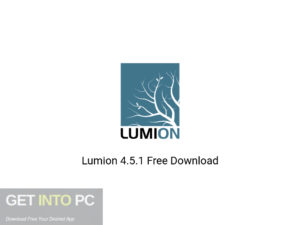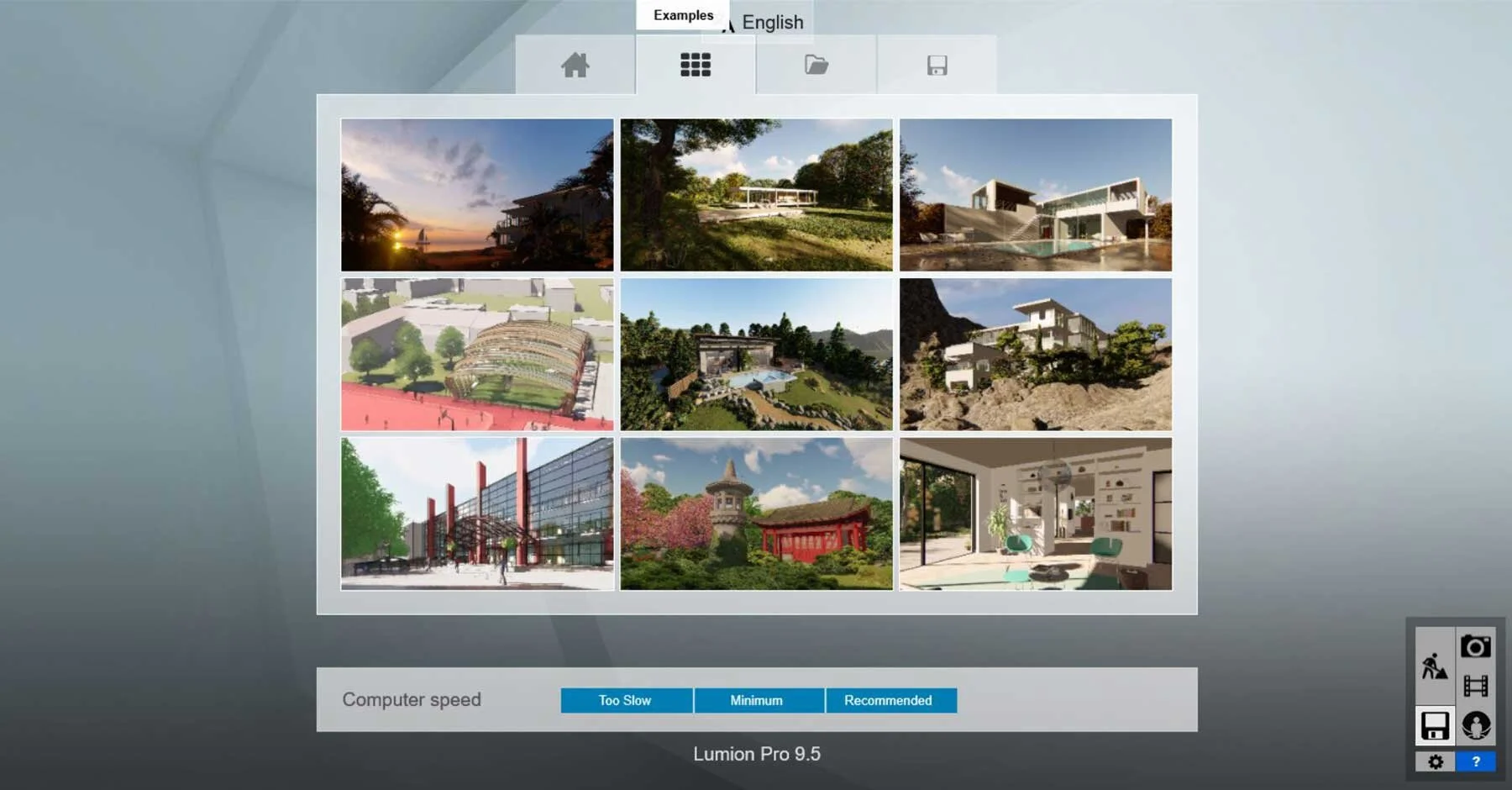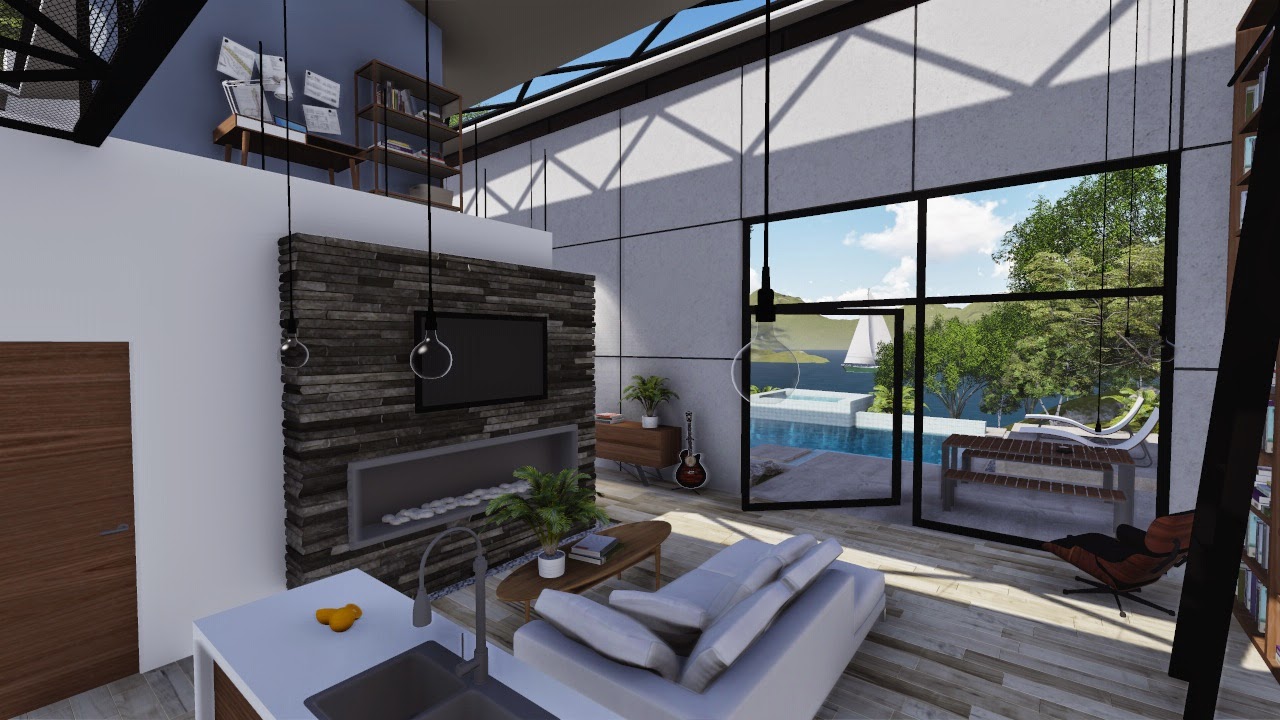

(minimum 80+ gold-rated with sufficient wattage)
#LUMION 4 TO 5 FREE#
Minimum 40 GB of free disk space in the drives where the Windows User Account and Documents folder are located in.Ĭlick here to see which power supply you need (Such as the AMD Ryzen 5 1500X, Intel Core i7-3770K or better) Intel/AMD processor scoring a single thread CPUMark of 2000 or higher. (Such as the Nvidia GeForce GTX 1650, Quadro K6000, AMD Radeon RX 470 or better) GPU scoring a G3DMark of 7,000 or higher with up-to-date drivers.
#LUMION 4 TO 5 PC#
The PC running Lumion must be connected to the internet. We recommend upgrading if you find that your computer is close to these minimum requirements. Please note that this configuration will not be capable of smoothly handling Lumion’s high-end features. Choose the options you want and then click the Check Mark icon at the bottom right of this window.A PC with this hardware is not recommended,Īs it would only be able to handle simple projects, such as:Ī small park or residential building with Lumion models and textures. A Window will pop up, asking you to name the model and whether or not you want to import animations. Once the scene is loaded, click on the “Import” block on the left side of the screen and choose “Add a New Model”.īrowse to wherever you saved your exported file and double-click on it. Create a new scene in Lumion from the opening menu. Once you have the file exported to the location you want, open up Lumion. Typically, it won’t take too long unless you have an enormous model. The export time Depends on the settings you’ve chosen and the hardware of your computer. Choose the location you prefer and save the file. A window will pop up, asking you where to save the file. Once you have all the options you want selected, click on “Export”.


Sliding this all the way to the right should result in a finer detailed model, but a larger file size. Just for clarification, the “Geometry Accuracy” slider is associated with the graphical detail of your model. The Revit to Lumion Bridge exporter window will pop up. Click the “External Tools” drop-down and you should see “Revit to Lumion Bridge” listed. Once your 3D view is opened, click on the “Add-ins” tab on the ribbon.
#LUMION 4 TO 5 SOFTWARE#
Once you have the plugin installed, open up your Revit software and open up a 3D View of a model that you want to bring into Lumion.

Once the executable is downloaded, run it and proceed through the installer.
#LUMION 4 TO 5 DOWNLOAD#
Instructions for Lumion Bridge and Revitįirst of all, you need to download the plugin here. The best part about this is that it keeps your materials intact, which saves you the headache of assigning all the materials in 3DS Max or redoing everything in Lumion once it’s been imported. When you use it, you are able to export whatever 3D View you want as a Collada file, which can be imported into Lumion. This plugin becomes a tool within your Revit program. But the best workflow that I found was to use Lumion’s “Revit to Lumion Bridge” plugin. So, one possibility is to bring your exported FBX file into 3DS Max and make sure all the material assignments are proper. For whatever reason, Autodesk’s material libraries contain some information that other software has difficulty interpreting. This is a known issue with software such as Unity 3D. I am not sure why this is, but I think it has to do with the Autodesk Material libraries and their compatibility with other software. The materials of your Revit model don’t seem to transfer over seamlessly into Lumion if you do a normal FBX export. Tricks for Importing Revit items into Lumion However, I had to recently do a demonstration of Lumion 4.0 and I was running into some oddities when I tried exporting my Revit model as an FBX and bringing it into Lumion. As with any program, there are many ways you can accomplish something. This article is going to detail what I think is the best workflow of bringing your Revit model into Lumion. We have written several articles about Lumion here on our blog. Lumion is a powerful rendering program for Architectural Visualization.


 0 kommentar(er)
0 kommentar(er)
